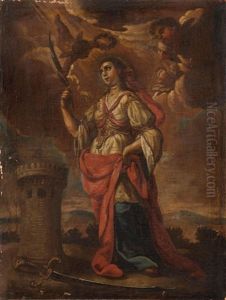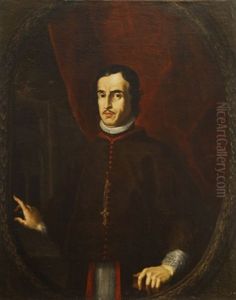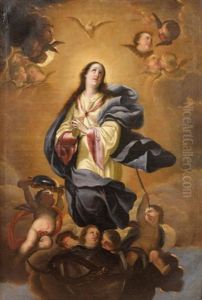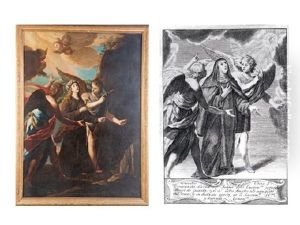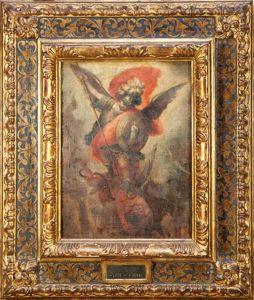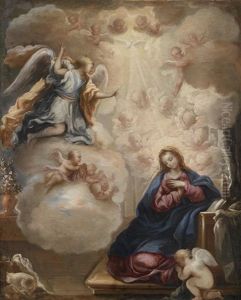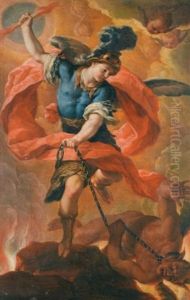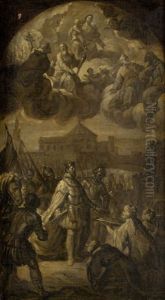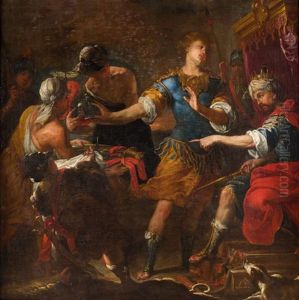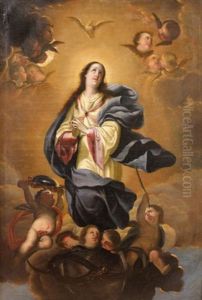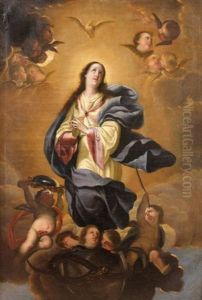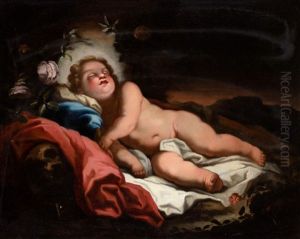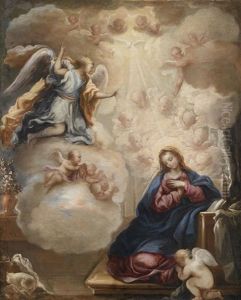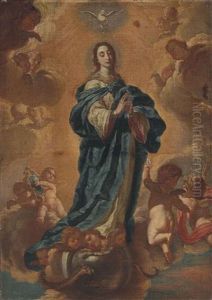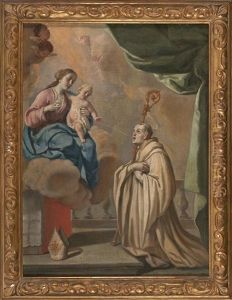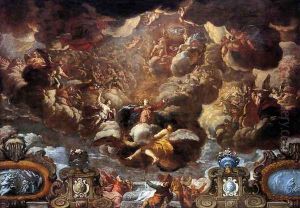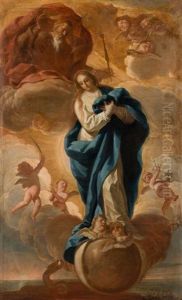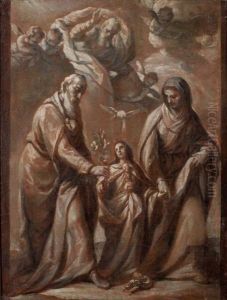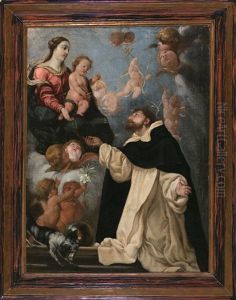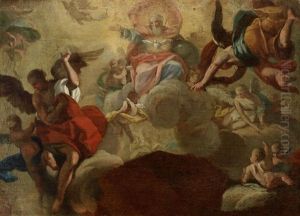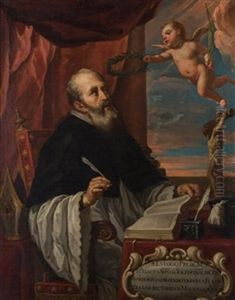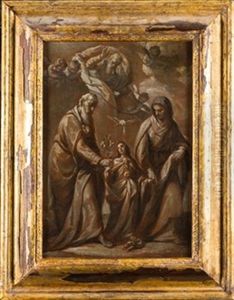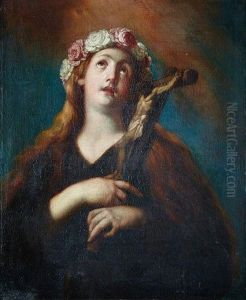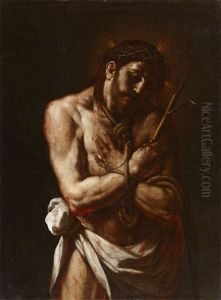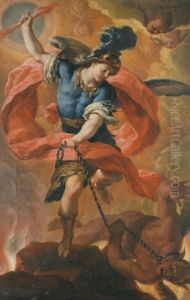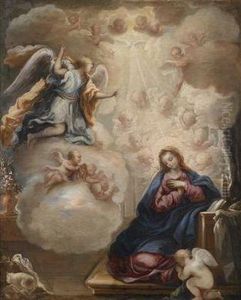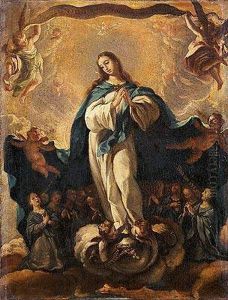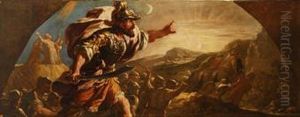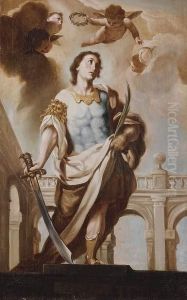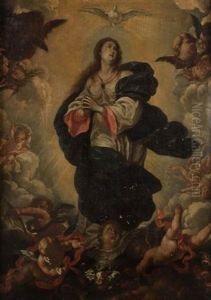Acislo Antonio Palomino Paintings
Acislo Antonio Palomino de Castro y Velasco was a Spanish painter, writer, and art theorist of the late 17th and early 18th centuries. Born on the 8th of April 1655 in Bujalance, near Córdoba, Palomino showed an early interest in the arts. His initial artistic training took place under the tutelage of painter Juan de Valdés Leal in Seville, where he learned the technical foundations of painting. He later moved to Madrid, where he would develop his career and come to be known as one of the most prominent painters of his time.
Palomino's work as a painter was heavily influenced by the prevailing Baroque style of the period. He is known for his religious compositions, frescoes, and portraiture. He became the official painter of the royal court of King Charles II of Spain, a prestigious position that allowed him to grow his reputation. After the death of Charles II, Palomino continued to work for the court under Philip V. One of his most notable works is the fresco in the dome of the Church of San Esteban in Valencia.
Beyond his contributions as a painter, Palomino is particularly renowned for his writings on art. His most significant work is 'El Museo pictórico y escala óptica' (The Pictorial Museum and Optical Scale), which was published in three volumes between 1715-1724. This comprehensive treatise on painting, sculpture, and architecture is divided into three parts: 'The Pictorial Museum', which is an encyclopedia of painters and their works; 'The Optical Scale', which focuses on the theory and practice of painting; and 'The Practice of the Noble Art of Painting', which includes biographies of Spanish painters along with Palomino's commentary on their techniques and achievements. This last part is often referred to as the 'Spanish Vasari' because it serves a similar function to Giorgio Vasari's 'Lives of the Most Excellent Painters, Sculptors, and Architects' for the Italian Renaissance.
Palomino's writings have been invaluable for the study of Spanish art and its practitioners during the Baroque period. They provide critical insights into the lives of artists, as well as the artistic conventions and techniques of the time. Through his detailed observations and accounts, Palomino has contributed significantly to the field of art history and remains a crucial source for understanding Spanish Baroque art.
Acislo Antonio Palomino passed away on the 13th of August 1726 in Madrid. His legacy as both an artist and a scholar has cemented his place in the annals of art history, and his works, both painted and written, continue to be studied and appreciated for their contributions to the understanding and appreciation of Spanish art of his era.
